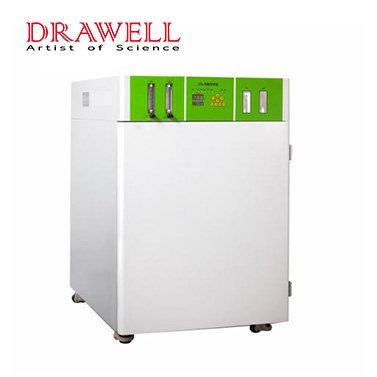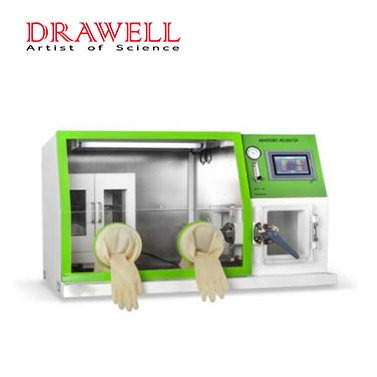CO2 incubators and anaerobic incubators stand as two prominent types of incubation equipment in contemporary use. This article delves into a detailed comparative analysis of these incubators across eight key aspects.

Defining the Difference
A CO2 incubator serves to emulate an in vivo environment conducive to cell and tissue growth within a confined chamber. On the other hand, an anaerobic incubator is tailored for bacterial cultivation under anaerobic conditions.
Gas Composition Contrast
A CO2 incubator typically maintains an atmosphere composed of 5% carbon dioxide, a portion of oxygen, and 95% air. In contrast, an anaerobic incubator is devoid of oxygen and sustains an environment comprising 90% nitrogen, 5% hydrogen, and 5% carbon dioxide.
Divergent Applications
CO2 incubators find their primary utility in nurturing cell, tissue, and specialized microorganism cultures. Conversely, anaerobic incubators excel in cultivating anaerobic organisms.
Features at a Glance
CO2 incubators come equipped with heating capabilities and high-temperature sterilization functions. Precise temperature control is vital for optimal cell growth, driving the incorporation of advanced temperature control mechanisms. The heating methods encompass air jacket and water jacket heating. Some models offer features such as CO2 level regulation, pH control, temperature regulation, and refrigeration control.
For instance, CO2 level control employs either infrared sensors (IR) or thermal conductivity sensors (TCD). Thermal conductivity sensors gauge concentration by measuring air's thermal conductivity within the chamber. Infrared sensors rely on optical principles, where the absorption of emitted infrared light indicates CO2 concentration levels.
Anaerobic incubators primarily incorporate anaerobic and temperature control features. These units typically comprise an anaerobic chamber, transfer chamber, manual cuff operation port, and control system.

Application Experimentation Scope
CO2 incubators find application in immunology, oncology, and cell dynamics studies. Conversely, anaerobic incubators are utilized in consistent temperature experiments, cultivation studies, and environmental investigations. They find extensive usage in fields like biology, environmental protection, agriculture, and medicine.
Categorizing the Types
Drawell CO2 Incubators encompass three main categories: DCI Series CO2 Incubators, WJ-2 Series CO2 Incubators, and WJ-3 Series CO2 Incubators. Similarly, Drawell's anaerobic incubator range comprises five types: anaerobic incubator LAI-3T, anaerobic incubator LAI-3T-N, anaerobic incubator LAI-3D, anaerobic incubator LAI-3DT, and anaerobic incubator LAI-3.
Navigating Purchase Considerations
CO2 incubators stand as essential alternatives to conventional electric heating incubators. Anaerobic incubators, on the other hand, serve as specialized tools for cultivating and operating surprise bacteria under anaerobic conditions.
Noteworthy Similarities
Firstly, both Drawell CO2 Incubators and Drawell anaerobic incubators offer user-friendly operations. Secondly, they both hail from the same manufacturer, Drawell, ensuring competitive factory prices. Thirdly, both the Drawell CO2 incubators and anaerobic incubators boast exceptional quality, backed by reliable guarantees.
In conclusion, this article meticulously compares CO2 incubators and anaerobic incubators, offering valuable insights into their respective features and applications. For those seeking further information, reaching out to Drawell, the manufacturer of both CO2 and anaerobic incubators, is a recommended avenue to explore.





Comments (0)